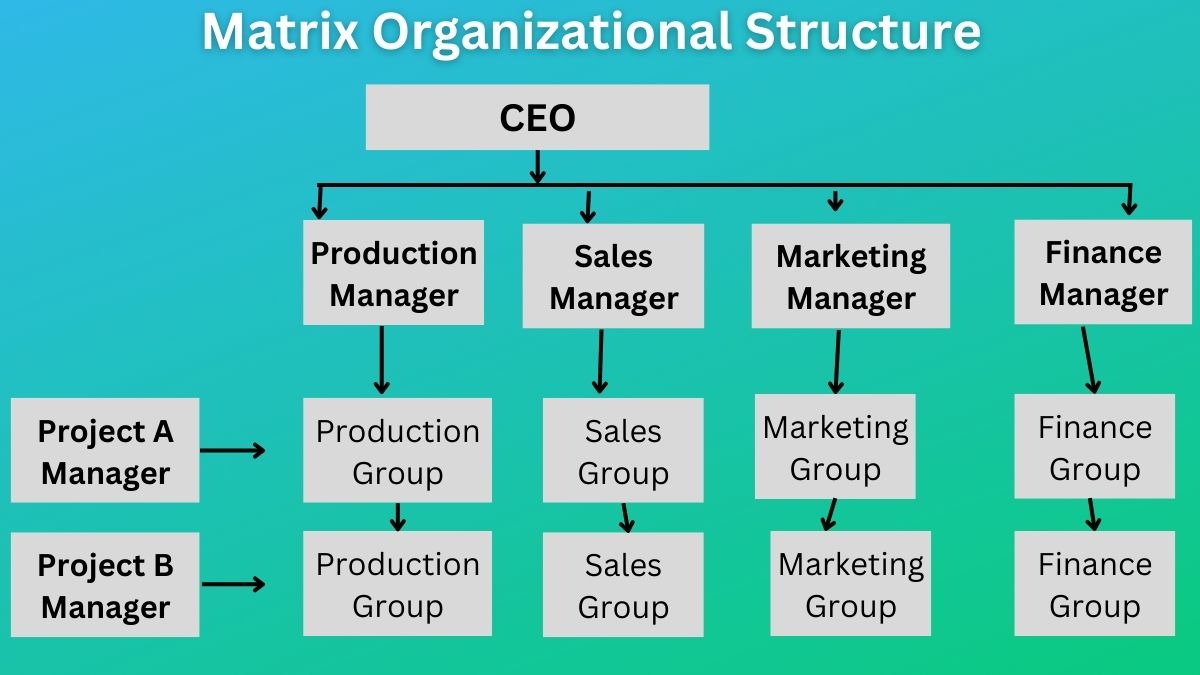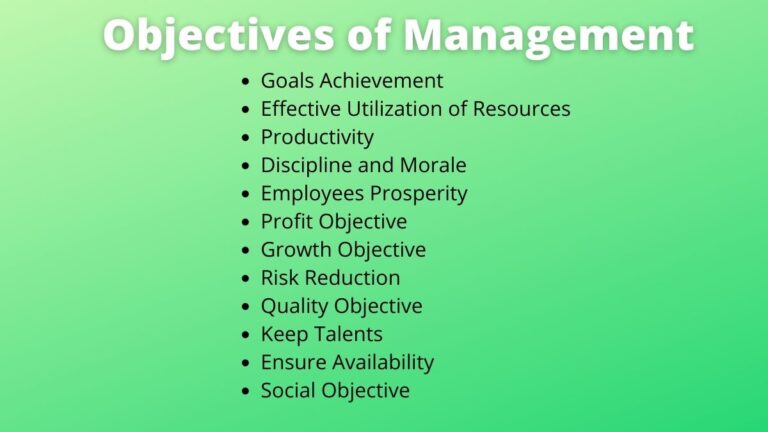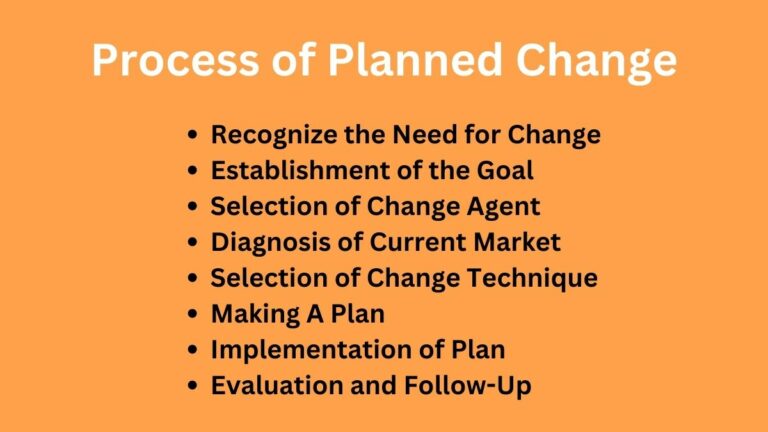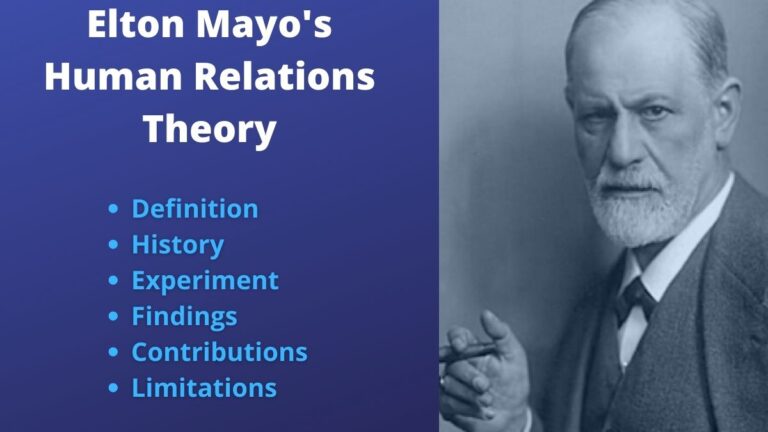What is Matrix Organizational Structure? Definition, History, Features, and, Pros/Cons
What is Matrix Organizational Structure?
A matrix structure is an organizational structure that combines employees from two or more different functional disciplines without removing them from their actual positions. It is a complex and unique organizational structure that combines two organizational structures to solve organizational problems or achieve specific objectives.
Matrix organization is formed with people having different skills and expertise from different departments. Usually, a matrix organization is formed by combining a project management structure and a functional structure.
Each employee has to report their day-to-day performance to both the project manager and the functional manager. The project manager’s authority flows horizontally across the departmental boundaries and is responsible for the overall direction and integration of the activities related to the project.
Whereas, a functional manager’s authority flows vertically from superior to subordinates and is responsible for the operational side of the project, and provides necessary guidance and technical specifications to complete the project in a specified time.
The matrix structure is complex and unique as well as hard to implement but when implemented successfully ensures the highest productivity and performance in the organization. As different people from diverse departments work together, matrix organization helps to solve problems in a more efficient way.
The matrix organizational structure does not follow the principle of unity of command and scalar chain, however, this structure is more democratic, human, and participative, and keeps good coordination among various team members in the workplace.
How and When Matrix Structure Originated?
The matrix organization structure was introduced in the USA in the early 1960s. It was used to solve management problems in the Aerospace industry.
Developed at the US National Aeronautics & Space Administration (NASA) in association with its suppliers, this structure gets its name from its resemblance to a table (matrix) where every element is included in a row as well as a column.
Related: Multidivisional Organizational Structure
The matrix organization is separated into many functions, such as purchasing, marketing, R&D, and finance. There is a functional (departmental) manager for each function, such as a marketing or finance manager. Projects can also be used to categorize it, such as project A, project B, project C, etc. Additionally, each project has a designated management, such as the project A manager.
A worker is required to report to two authorities i.e. under the project and functional managers. While the project manager’s authority travels across i.e. horizontally, that of the functional manager flows downward. Therefore, in this organizational structure, power is distributed both downward and across. As a result, it is known as a matrix organizational structure.
Characteristics of Matrix Organizational Structure
The following are main features of matrix organization mentioned below:
Hybrid Structure
It is a hybrid organizational structure as it combines two or more organizational structures. There is a combination of functional organization the project organization. Thus, in a matrix organization, there are pros and cons of both functional and project structures.
Complex Structure
One of the notable characteristics of the matrix organization is that it is complex in nature. It requires more time to understand how it works and experts are required to successfully implement this organizational structure.
Functional Manager
In a matrix organization, the functional manager works on the technical aspect of the project. He is responsible for making work-related decisions, allocating tasks to subordinates, managing the project’s operational components, and ensuring on-time completion.
Related: Levels of Manager in the Organization
Project Manager
A project manager has administrative authority on a project. He decides the work and responsibilities among members, schedules project works, and assesses the performance. The project manager holds the right to use financial and physical resources as per needs and situations.
No Unity of Command
Unity of command ensures effective reporting practice in the organization where one employee receives a command from only one boss and reports to only him at a time. But in a matrix organization, every employee receives commands from two managers, namely project and functional managers at a time.
Specialization
There is a specialization within this organizational structure. While the functional manager focuses on the technical parts of the project, the project manager focuses on its administrative components.
Suitability
Matrix organization is a suitable option for the organization having to manage different projects.
Advantages and Disadvantages of Matrix Organizational Structure
The following are the notable pros and cons of a matrix organization. They are:
Advantages:
- Benefits of Specialization – The matrix organization facilitates the benefits of interdisciplinary specialization. Where functional managers have to only focus on technical aspects and project managers have to on administrative aspects of the project.
- Promotes Teamwork – In the course of the project completion, the functional and project managers interact with each other and develop mutual relations between them. Often they coordinate with each other to achieve common objectives.
- Dynamic Structure – The matrix organization is adaptive to changing business settings. It facilitates quick decision-making.
- Optimum Use of Resources – In a matrix system, numerous projects are handled simultaneously. As a result, it is possible to utilize additional resources, including labor in a much more effective way.
- Free Time to the Top Management – The matrix structure makes it easier to give project managers authority. This gives top-level management enough time to develop strategic plans and policies as opposed to being involved in operational tasks.
- Develops Employee Skills – It also helps employees to develop new skills. This means employees from one background should perform the different functions of other areas as well.
Disadvantages:
- Complex Structure – The matrix organization is complex in nature. It is a complex and difficult type of organizational structure.
- No Unity of Command – Because of the lack of unity of command in the matrix organization an individual employee has to work under more than one boss at a time. This creates reporting problems and inefficient work completion.
- Difficult to Balance – High interpersonal engagement and interpersonal skills are required in matrix organizations. Both functional and project specialists must be involved. Additionally, maintaining balance among these authorities is crucial for ensuring consistency in organizational performance.
- Overload on Team Members – Since team members frequently have project workloads in addition to their regular functional responsibilities, the matrix organizational structure can occasionally result in work overload for team members. Due to time constraints, employees may become burnt out, overlook or fail to complete duties, or their job quality may degrade.
Read Next: Pros and Cons of Matrix Structure
Sajan Kushmi is a content writer with more than 4 years of experience. He holds BIM Degree. He write on the topics related to Management, Marketing, and Entrepreneurship.






